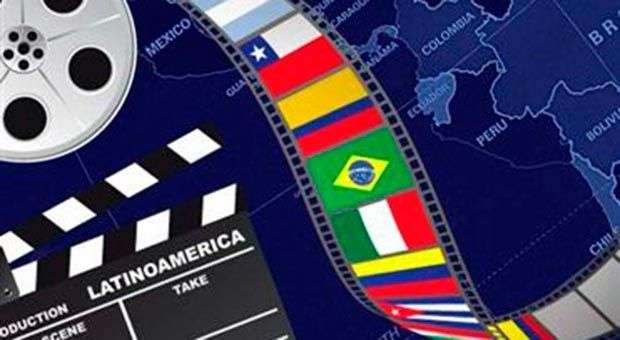To what extent digital cinema and new audiovisual technologies have favored or affected art and film industry? How do these elements affect the aesthetics of auteur cinema? These questions drove the panel chaired by FIPRESCI (International Federation of Film Critics) in the framework of the 35th New Latin American Cinema Festival underway in Havana that took the pulse of the Latin American audiovisual of today’s digital age. The discussion turned around two main facets, the display of the films and previous effects the use of technologies generates during the production process.
Ivonete Pinto, Brazilian representative and president of the panel initiated dialogue and brought to the fore some of the problems theaters in her country face. She commented that there is a correlation between the 203 million inhabitants and the 2800 Brazilian movie theaters that exist, of which only 40% are digitized because of the high cost of access to these new technologies.
For Pinto, it should be borne in mind that in Brazil 400 film festivals are produced annually and many of the films that are distributed during those events are precisely in digital format, with which not only the number of local limited to accessed, but sound and image faults also occur in the few premises that although they have the resources, nor have the necessary health for the continued screening of films.
In Mexico, the phenomenon is of other complexities. In the words of Ernesto Diezmartínez, also a member of the jury, the Aztec nation has 5303 rooms, 440 cinema complexes and other facilities mostly digitized.
However, in this process of technological development it has also evolved ways to access the movies. According to the critic, you can usually find them on the Internet and download them in illegal and even legal ways, before being released, which, of course, turns and puts a strain on the reason for the cinemas and the act of socialization that involves going to them to consume audiovisual products, main disadvantage on which also coincides with Hors Dieter Wieczorek, representative of France.
In the eyes of Diezmartínez, the process by which the current cinema is going through is similar to what the cinema in the late ’20s and early 30’s experienced, when the talking movies enter the market. And on the platform of the brightest aspects of this technological change, the reviewer mentions the experimental possibilities that new technologies offer to the filmmakers, among which should be mentioned the demarcation between the boundaries of live-action film and animation.
José Luis Losa put his finger on the ideological dimension that in his opinion accompanies any use of technologies. From his experience as a child of Spain, he said the digitization process, such as in Mexico, expanded for all rooms of the nation, and especially favored the Japanese and U.S. industries that subsidized them.
However, after three years Spain entered a deep crisis that led to the closure of most of these places, and as a result, strengthening the control of the distribution and exhibition by the United States.
This in turn has led to the segregation of auteur cinema. Yet paradoxically, independent filmmakers in an act of rebellion started a “war of guerrilla” and use the same media, the proprietary technology to gain ground and gradually impose themselves on the market. “The digital counter has scored a goal to the cinema that serves the interests of the system,” here lies another bright area of the use of new technologies.
Meanwhile, the Cuban representative this year in the FIPRESCI jury, critic Justo Planas addressed core issues on Cuban audiovisual reality. Planas refers that the use of new technology has allowed the existence of one of the most interesting publications on digital cinema on the island, the blog La pupila insomne by Juan Antonio García Borrero: by “generating dialogues, the ability to call and makes use of the interactivity of the Internet. “
At the same time, he noted how effective has been the use of crowfounding for filmmakers as Jorge Molina and Miguel Coyula, who have been able to find financial backing for some of their films, or for novice artists like Alfonso Victor Cedeño, from Cienfuegos and author of The club of boars, and, according to Planas, “best heir of the cinema made by Juan Padrón.”
The other side of the coin was also not absent in his speech. Special emphasis was Cuban specialist in new functions to be fulfilled film criticism in this digital age, as the national public is exposed to a large amount of information that is sold on the black market, and need more than ever an entity mediator that gives you the tools to judge what to consume and what not of those films that are acquired in digital form.
The other side of the coin was also not absent in his speech. Special emphasis made the Cuban specialist in new functions film criticism must fulfill in this digital age, as the national public is exposed to a large amount of information that is sold on the black market, and need more than ever a mediator that gives them the tools to judge what to consume and what not of those films that are acquired in digital form.










